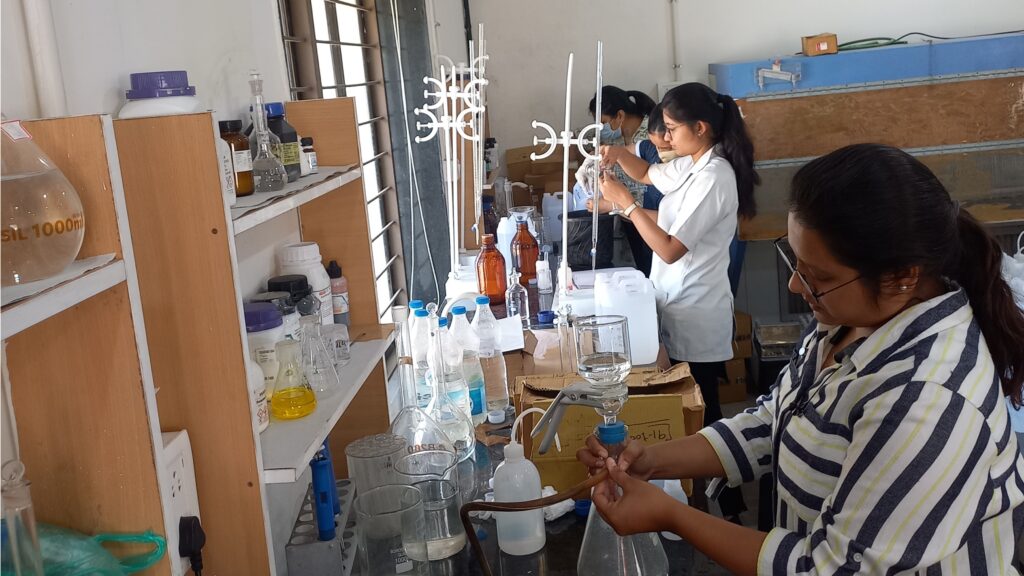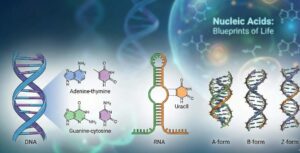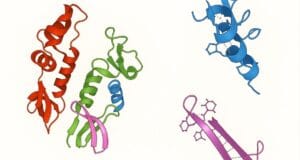
COMPETITIVE EXAM MCQs SERIES of ENVIRONMENTAL SCIENCE for UGC-NET/JRF, SLET, ARS, GATE, and other entrance tests – Environmental Pollution and Control – Measurement of Water Quality Parameters.
Syllabus Outline
- Fundamental concepts of water quality and its significance.
- Water quality parameters (e.g. pH, dissolved oxygen, biochemical oxygen demand, chemical oxygen demand, turbidity, conductivity, total dissolved solids, nutrient levels, coliforms, and organic pollutants).
- Principles and methodologies of measurement techniques for each parameter, including instrumentation, sampling protocols, and analytical methods.
- Quality assurance and quality control procedures, data interpretation, water quality standards and guidelines.
This quiz contains the concept-based most frequently asked 25 MCQs of “Environmental Pollution and Control – Measurement of Water Quality Parameters“. Each question has a single correct/most appropriate answer.
*****
1. Which one of the following statements is correct?
a) pKa and pH are positively correlated
b) pKa and pH are negatively correlated
c) pKa and pH are not correlated
d) pKb and pH are positively correlated
2. Acidity of water is its quantitative capacity to react with a ___________ to a designated pH.
a) Weak Base
b) Strong Acid
c) Weak Acid
d) Strong Base
3. Which indicator is used to estimate the Ca-Hardness of a water sample?
a) Methyl Orange and Phenolphthalein
b) Murexide
c) Eriochrome Black T
d) Both B and C
4. Which method is commonly used to measure turbidity in water samples?
a) Spectrophotometry
b) Gravimetric analysis
c) Nephelometry
d) Titration
5. Which of the following is NOT a standard parameter to assess the drinking water quality?
a) Total coliforms
b) coli
c) Turbidity
d) Methane concentration
6. Which of the following is a common method for measuring pH in water?
a) Gravimetry
b) Conductivity
c) Potentiometry
d) Turbidity
7. Which of the following methods is used to determine the alkalinity of water?
a) Titration
b) Gravimetry
c) Chromatography
d) Spectrophotometry
8. Which of the following is a common method for measuring fluoride concentration in water?
a) Ion-selective electrode
b) Gravimetry
c) Turbidity measurement
d) Conductivity measurement
9. Which of the following is a common method for measuring total nitrogen in water?
a) Kjeldahl digestion
b) Ion-exchange chromatography
c) Filtration
d) Conductivity measurement
10. Which method is commonly used to measure TDS in water?
a) Colorimetry
b) Conductivity measurement
c) Titration
d) Spectrophotometry
11. Which analytical technique is commonly used to detect and quantify heavy metals in water samples?
a) Chromatography
b) Atomic Absorption Spectrometry
c) Infrared Spectroscopy
d) Electrochemical analysis
12. Which analytical technique is commonly used to detect and quantify sodium and potassium in water samples?
a) Chromatography
b) Infrared Spectroscopy
c) Flame Photometry
d) Electrochemical analysis
13. Which of the following is a primary standard for pH calibration in water analysis?
a) Sodium chloride
b) Potassium hydrogen phthalate
c) Sodium bicarbonate
d) Sodium hydroxide
14. What is the primary purpose of a gas chromatograph in water analysis?
a) Measure pH levels
b) Determine turbidity
c) Analyze volatile organic compounds
d) Assess electrical conductivity
15. To analyse metal ions present in the water sample, the sample is recommended to be collected in separate bottles and ___________ it to minimize precipitation.
a) Neutralize
b) Acidify
c) Alkalify
d) Cooled
16. Which water parameter needs to be analysed in situ only?
a) pH
b) Temperature
c) Turbidity
d) Conductivity
17. Color of water sample is measured in __________unit.
a) mg/l
b) Hazan
c) NTU
d) mho/cm
18. What is the acceptable limit of E. coli or thermotolerant coliform bacteria in all water intended for drinking as per the Indian Standards of Drinking Water (IS: 10500:2012; Second Revision: 2015)?
a) 0 CFU/100ml
b) 100 CFU/100ml
c) 1 CFU/100ml
d) Undetectable/100ml
19. In a water sample, Ca2+, Mg2+ and Na+ ions concentrations are 50, 60 and 100 mg/L, respectively. What will be the total hardness as CaCO3 of the water sample? (Hints: Molecular weight of Ca, Mg, and Na is 40, 24, and 23, respectively)
a) 210 mg/L
b) 375 mg/L
c) 475 mg/L
d) 39 mg/L
20. What would be the pH of a solution with a hydroxide ion [OH–] concentration of 10-8 M?
a) pH 2
b) pH 6
c) pH 8
d) pH 10
21. The chemical oxygen demand measures the
a) Amount of oxygen required for chemical reactions in wastewater
b) Amount of oxygen required for growth of microorganisms in water
c) Amount of oxygen required to oxidize the calcium present in wastewater
d) Amount of oxygen that would be removed from the water to oxidize pollution
22. The methyl orange acidity is also known as:
a) CO2 acidity
b) HCO3– acidity
c) Hydronium ions
d) Mineral acidity
23. Conductivity of the water sample is measured in __________unit.
a) mg/l
b) Hazan
c) NTU
d) mho/cm
24. Assertion (A): Total coliform counts in water indicate faecal contamination.
Reasoning (R): Coliform bacteria are commonly found in the intestines of warm-blooded animals and their presence in water indicates possible faecal contamination and the potential presence of pathogens.
a) Both the A and R are correct, and the R explains the A.
b) Both the A and R are correct, but the R does not explain the A.
c) The A is correct, but the R is incorrect.
d) The A is incorrect, but the R is correct.
25. Assertion (A): The presence of algal blooms in water bodies can increase the pH of the surrounding water.
Reasoning (R): During photosynthesis, algae absorb carbon dioxide, leading to a decrease in carbonic acid and an increase in pH levels.
a) Both the A and R are correct, and the R explains the A.
b) Both the A and R are correct, but the R does not explain the A.
c) The A is correct, but the R is incorrect.
d) The A is incorrect, but the R is correct.
*****
Previous: Water Pollution and Control
Next: Drinking Water Treatment
References
- Eaton, Andrew D., Clesceri, Lenore S., Rice, Eugene W., and Greenberg, Arnold E. (2017) Standard Methods for the Examination of Water and Wastewater, American Public Health Association, 23rd edition.
- Sharma, S. K. (2019) Water Pollution and Its Management, Khanna Publishers, 1st edition.
- Rao, N. N. (2006) Water Pollution, Tata McGraw-Hill Education, 2nd edition.

